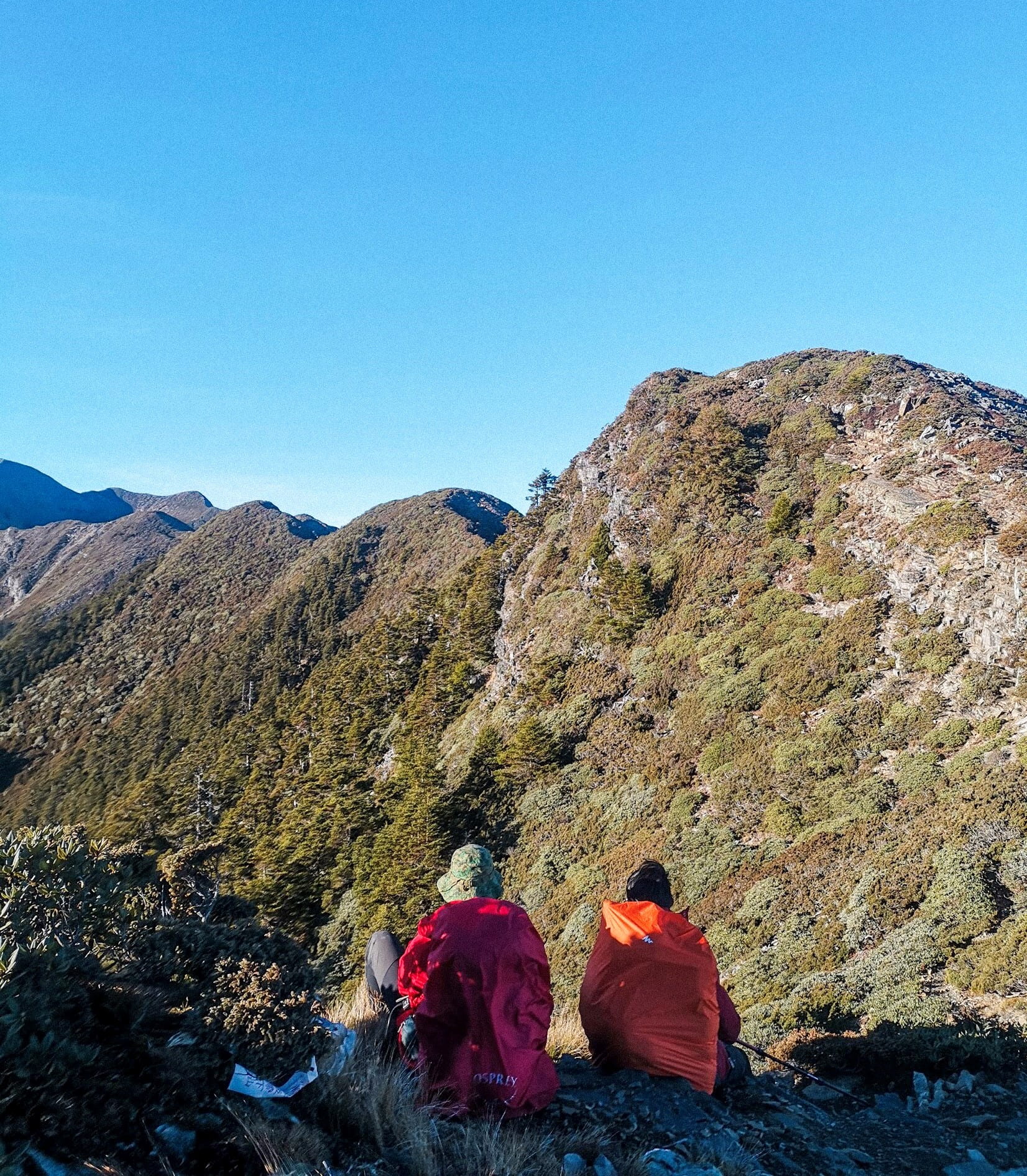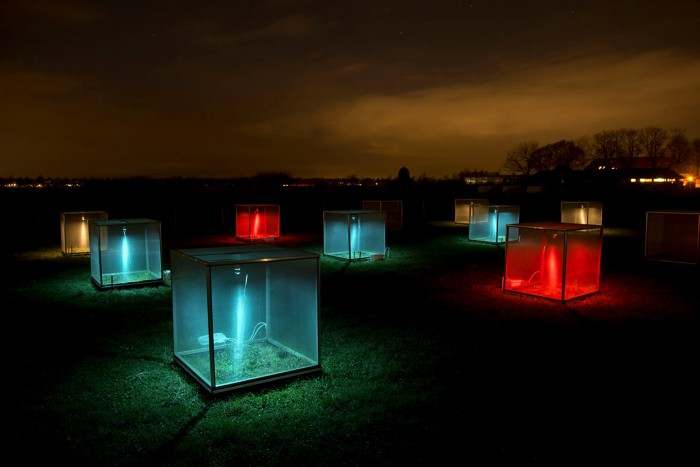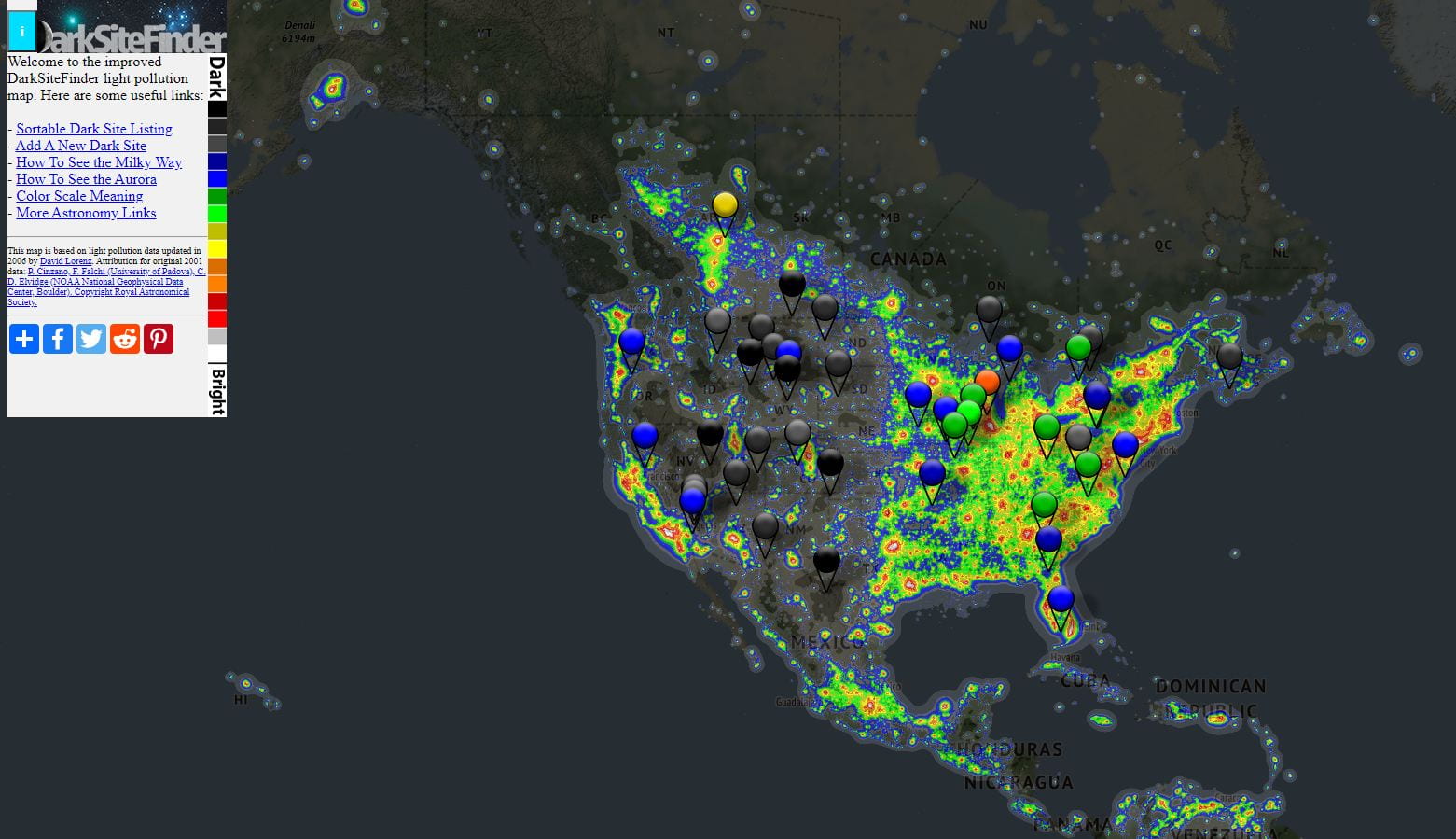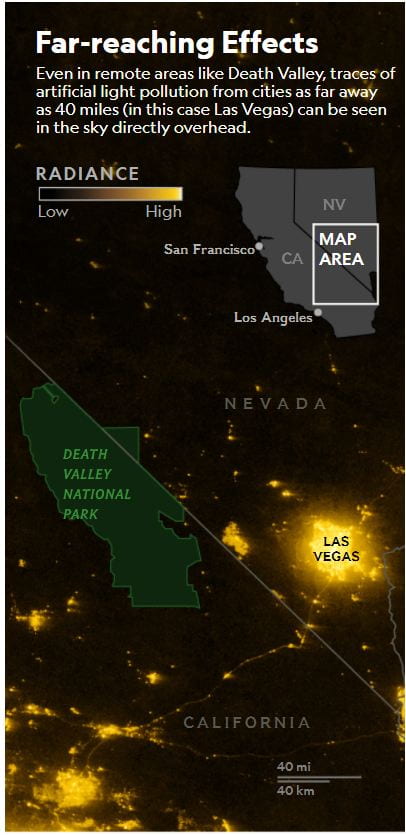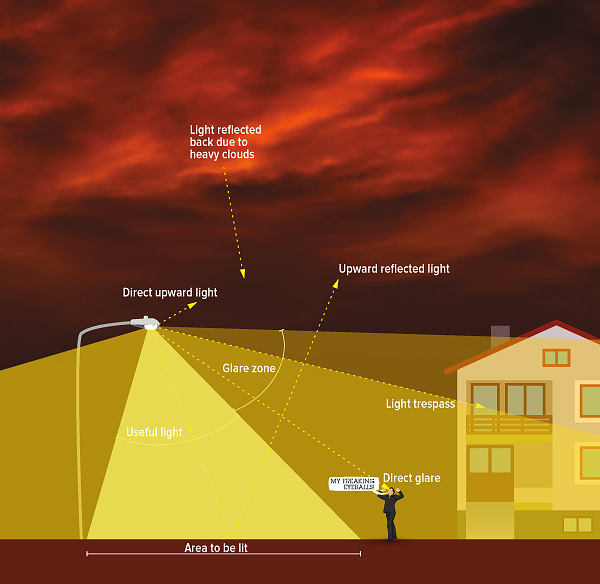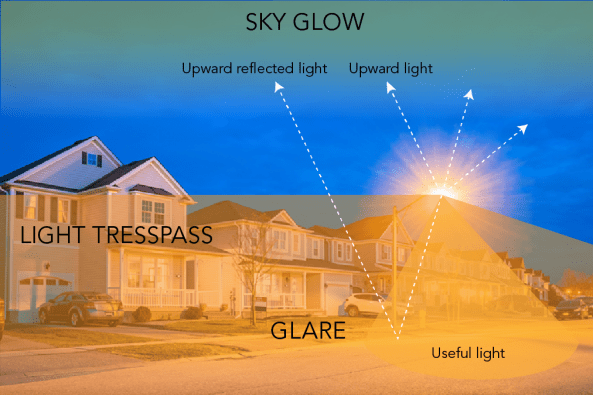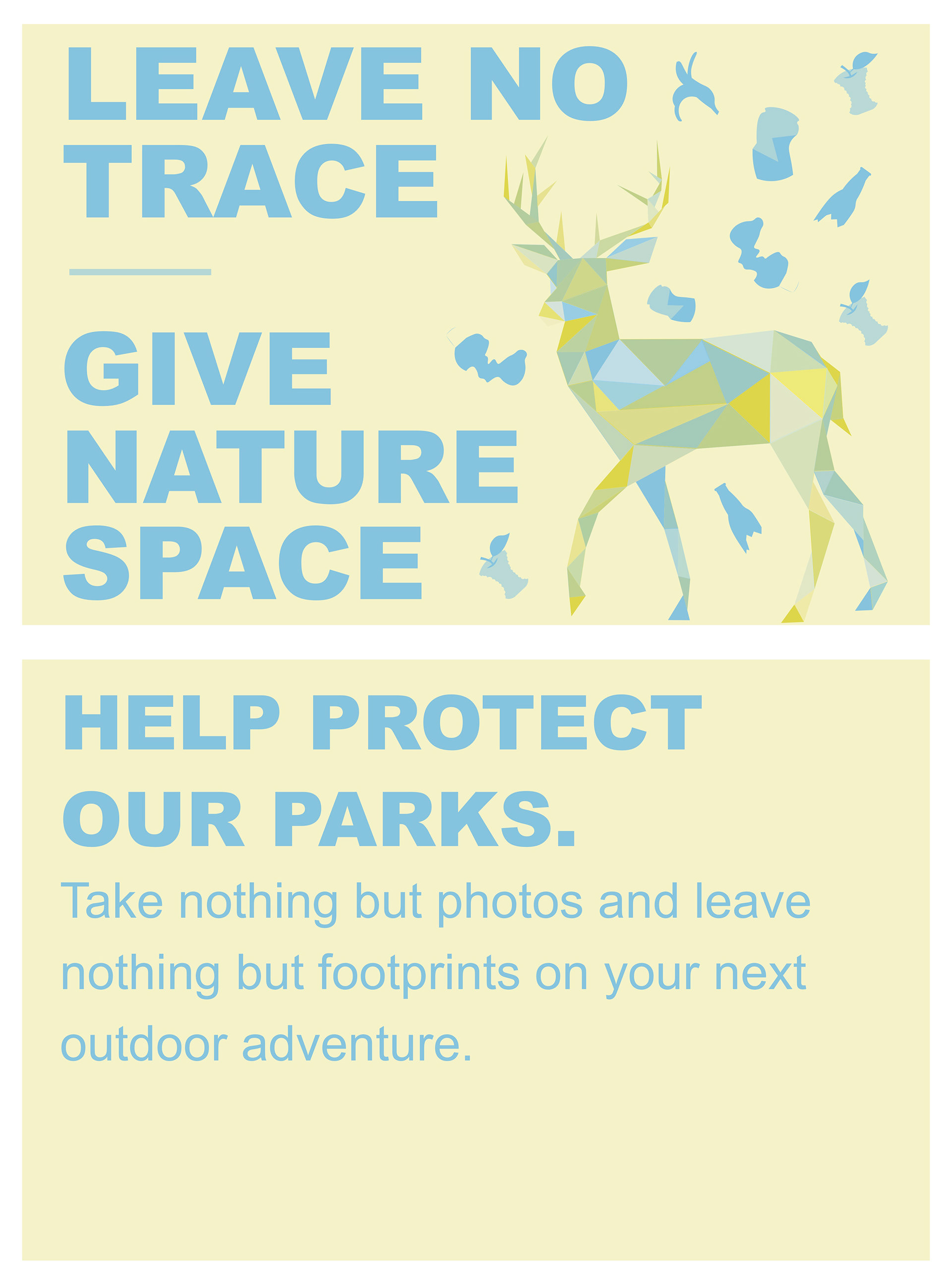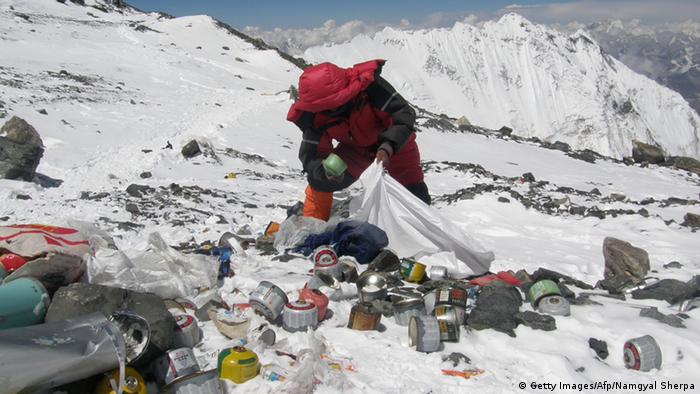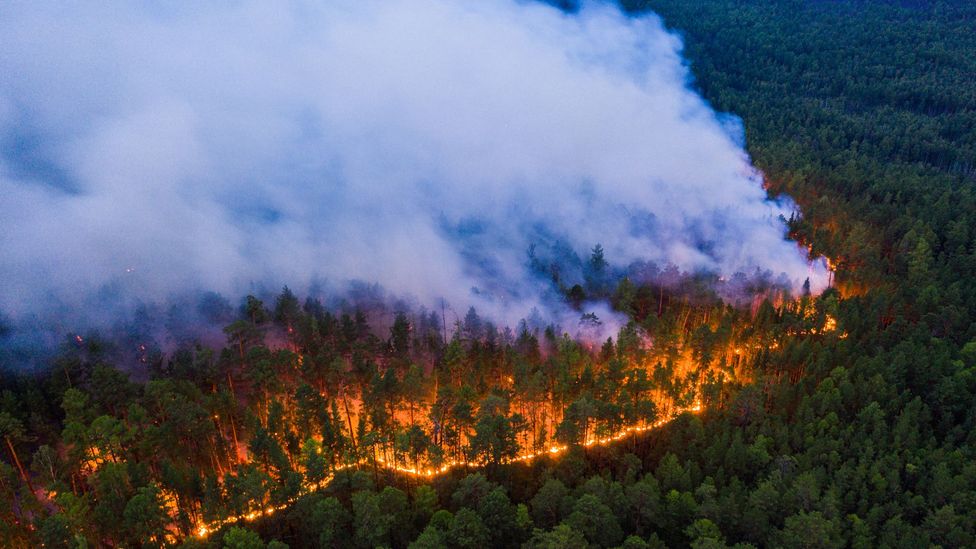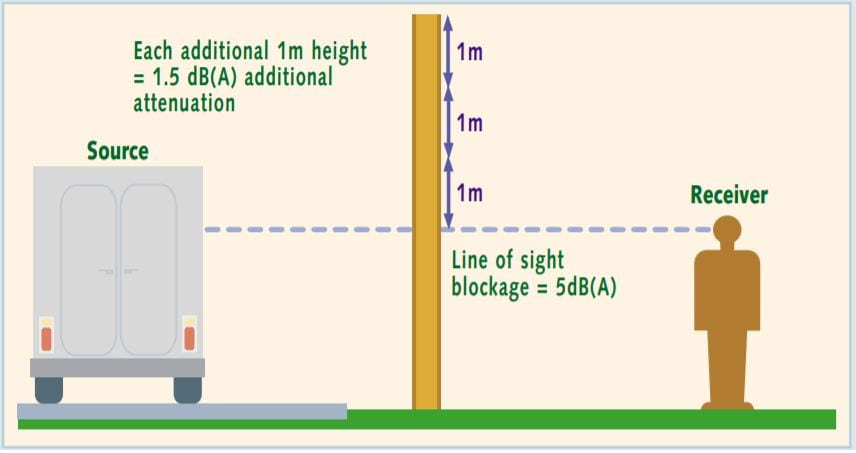I love the outdoors, and I love hiking. These are the two main reasons why I decided to dedicate my environmental pollution blog to talk about pollution issues in National Parks. After having gone through the different kinds of pollution that are prevalent in National Parks, what better way to conclude the blog, than to reflect on the ways in which you and I can be more eco-conscious as hikers? While National Parks around the globe are already centered on preservation, conservation, and habitat protection, visitors like us also have a part to play! Let’s take a look at some of the tips that we can follow before we hit the trails again!
Leave no trace
As basic as this sounds, this rule can’t be emphasised enough, especially when hikers have the habit of bringing along plastic bottles with them, only to be discarded along the trails. Even though some of the discarded bottles may be picked up by cleaners, other passer-bys, or even park officials that may mail them back to you, those that have been left behind in more remote areas may end up in the soil and affect their health, or end up being getting washed into water bodies, as we have learnt in this blog post. Another problem is also overloaded waste disposal points in the trails, where rubbish bins that are located in harder to reach areas are not emptied as often as they should be, due to the limited access. Therefore, the best way to prevent this from happening is to simply have the habit of keeping any trash with you all the way until you exit the park. I am glad that some hiking organisers and adventure tour operators are encouraging their participants to practice the habit of keeping their own trash with them, by providing them with waste collection bags that they can use to store their trash, or pick up any along the way. This is based on my own personal experience of hiking in Kashmir with IndiaHikes, who provided us with eco-bags for the duration of our entire hike.

Me admiring the lush greenery and mountains in Kashmir. Notice that bright green bag that is attached to my backpack? That’s none other than the eco-bags provided by IndiaHikes!
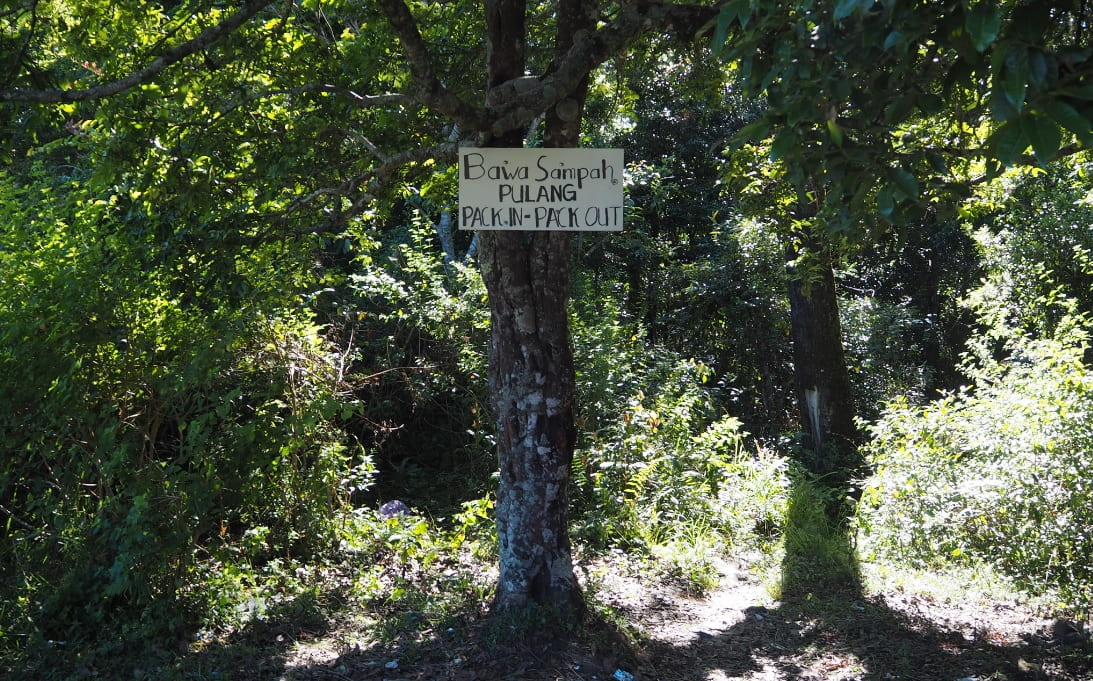
A sign that I came across while hiking in Rinjani, Indonesia, reminding visitors to carry their trash with them
Being careful with water resources
If you’re going on a multi-day hike, chances are that you’ll need to refill your water along the way, as it is probably not the wisest or most feasible idea to carry all the water you require for the entire hike from day 1. Therefore, when coming across water sources such as rivers where you can replenish your refillable water bottles, you should always be responsible and take the necessary steps to avoid contaminating them. For instance, you should not wash your dishes/clothes in them, or use soaps/detergents that may cause chemical water pollution due to the oxygen-reducing substances in them, and contaminants such as phosphates that may result in eutrophication.
Keep your volume down
Yes, I get it. Being outdoors with friends can get pretty exciting, and our eager selves may get carried away and make lots of noise. Some of us may even start blasting music from phones or speakers to create a more vibrant atmosphere while hiking, and I have to admit, that I was guilty of such behaviour as well. However, having done some research on the effects of noise pollution in National Parks, I am more than convinced that we have to try our best to remain quiet and preserve the silence in these parks. Noise is a known psychological and physiological stressor, and anthropogenic noise does not only affect fellow hikers, but wildlife and plants too. Therefore, it is the responsibility of us visitors, to be more mindful of the environment and lower our voices when speaking in National Parks. Instead of listening to music, listen to the sounds of nature; the rush of the winds through treetops, the humming sounds of birds, the gurgle of streams. Breathe easy, relax and listen. Only then can we truly appreciate the subtle sounds of our parks!
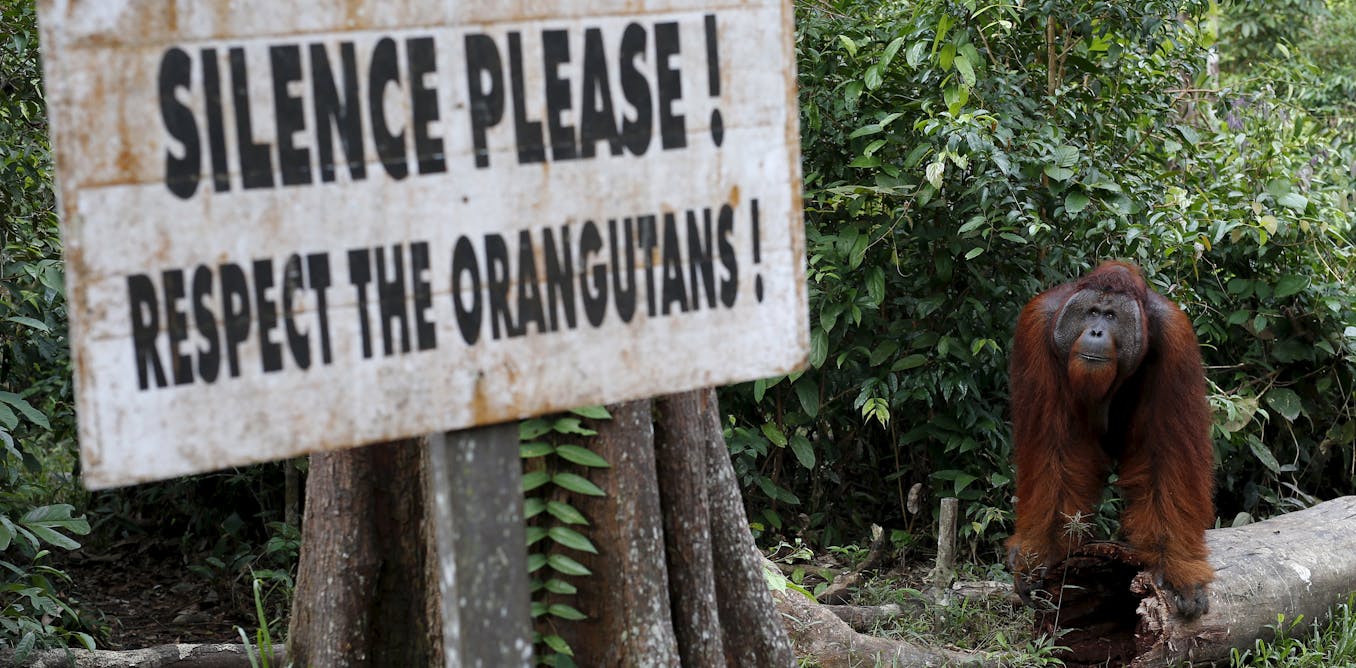
A sign for visitors to respect the homes of Orangutans and remain quiet in Borneo, Indonesia. Source: Darren Whiteside / Reuters
Stick to the marked out trails
Hikers are naturally an adventurous bunch, and some of us would not hesitate to venture off the beaten track and deviate from the marked trails. Besides compromising on your safety, there are also other reasons why we should not trample off path, such as the damaging effect it has on the environment, namely soil erosion. Besides the trampling of extensive vegetation, habitats and nesting grounds of animals may also be disturbed, thus disrupting ecosystems. Therefore, the best thing you can do to combat path erosion is to walk on the designated paths. I get that it can be quite tempting to cut off corners of a zigzag descent and take shortcuts instead, but do remember that the paths are there for a reason!
Opt for headlamps with red LED mode
White light can be blinding and painful to both humans and animals, especially in naturally dark environments. They also emit more light in the blue spectrum, which suppresses melatonin, and result in negative impacts on human health. Nocturnal animals that may be roaming around may also be disturbed by them. Furthermore, white light headlamps would also create more light pollution as compared to red light ones. Therefore, try to invest in headlamps with multiple functions, namely the red LED mode. Another bonus is that red light is also less attractive to insects, and we all know how annoying it feels to have multiple bugs flyings all over your face!

Red light is more ideal for use in nature. Source: Nitecore
Minimise Campfire Impacts
Campfires may generate light and smoke pollution and can have a drastic effect on fellow campers/hikers, as well as the environment. If you intend to set up a fire, make sure to keep it small and do it at a proper designated site, such as one that is contained in a fire ring, to reduce the risk of the fire spreading, as a fire without a border can easily spread with only a spark. Also, do check if the park that you are hiking in allows fires to be lighted in the first place.
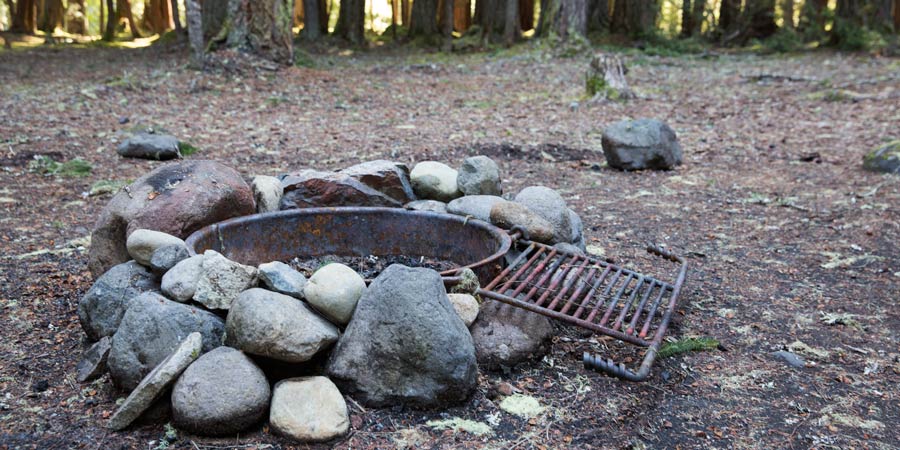
Build fires only in designated fire rings, grills or fireplaces! Source: REI
Parting Words
Last but not least, do spread these awesome tips with fellow hikers and friends, before you put on your hiking boots and head into the great outdoors once the pandemic is all over! Let’s learn to be more sustainable and environmentally conscious, so that we can enjoy nature while protecting our parks!
Till we meet in the trails,
Irsyad
